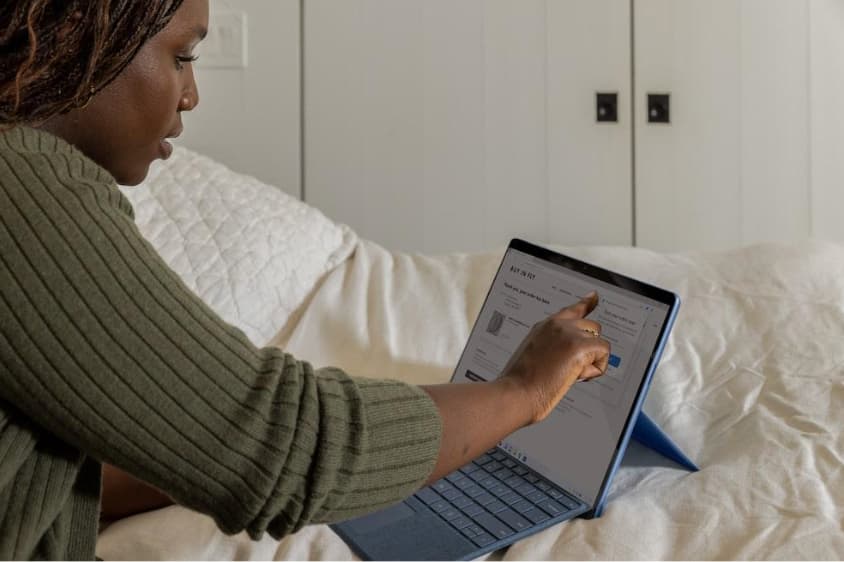Pearland, Texas, situated just south of Houston, embodies a unique blend of suburban tranquility and rapid growth, making it one of the fastest-growing cities in the state. Originally an agricultural hub known for its pear orchards (hence its name), Pearland has evolved into a thriving community that prides itself on its family-friendly neighborhoods and diverse population. The city’s warm hospitality and strong community spirit are evident in its numerous local events, parks, and community centers that foster a sense of belonging among residents. Amidst this picturesque suburban landscape, however, lurks a common urban concern: slip-and-fall accidents.
Such accidents are a common occurrence in cities, but they often result in serious injuries. The worst part is that slip and fall accidents can happen anywhere – at home, work, or in public spaces. Hence, understanding the common causes of these accidents is crucial for effectively preventing them and ensuring the safety of individuals. In this article, we will explore some of the frequent causes of these incidents and share preventive measures to help reduce the risk. It might also be a good idea to get in touch with an experienced law firm like DeHoyos Accident Attorneys to make sure you stay protected from accidents as well as legal repercussions.
1: Wet or Slippery Floors:
One of the primary causes of slip and fall accidents is wet or slippery floors. Whether it’s a spilled beverage in a restaurant or a recently cleaned floor that hasn’t dried yet, such surfaces can pose serious hazards. In public areas, inadequate signage warning about wet floors further exacerbates the risk factor. To prevent slip and fall accidents related to wet or slippery floors, it is essential to focus on timely cleaning practices, effective warning signs, quick spill clean-up protocols, and proper floor maintenance.
2: Uneven Surfaces:
Uneven surfaces are another leading cause of slip-and-fall accidents. Cracked pavements, damaged flooring materials, and potholes in parking lots are all imperfections that create trip hazards for pedestrians. Ensuring regular inspections and maintenance can significantly reduce the risk associated with uneven surfaces. Prompt repair work should be carried out whenever issues are detected. Additionally, implementing proper lighting in dimly lit areas can increase visibility and help individuals navigate such terrain without mishaps.
3: Poorly Designed Stairs:
Stairs are notorious for causing slip-and-fall accidents when not designed correctly. Factors like missing handrails or guardrails, insufficient step width or depth, loose steps, and improper lighting on staircases contribute to these incidents. Property owners must adhere to building codes that specify guidelines for stair design and safety features, such as handrails being installed at appropriate heights. Regular inspections and maintenance of stairs, combined with well-lit stairwells, significantly reduce the chances of accidents.
4: Cluttered Walkways:
Cluttered walkways are an accident waiting to happen. Whether due to loose cables, toys strewn across the floor, or objects obstructing pedestrian paths in public areas, such hazards increase the risk of trips and falls. Clearing walkways from obstacles is paramount for maintaining a safe environment. Organizations should emphasize proper storage practices and encourage employees to promptly report any potential tripping hazards they come across.
5: Inadequate Training and Safety Measures:
Proper training and safety measures are essential to prevent slip and fall accidents in workplaces. Employee education regarding safe walking practices, knowledge of handling spills, and prompt reporting of hazardous conditions contribute to creating a safer work environment. Employers must provide adequate training programs focused on workplace safety to ensure that staff members are aware of the risks associated with slips and falls and equipped with the skills necessary to mitigate them effectively.
6: Footwear Selection:
Footwear plays a crucial role in preventing slip and fall accidents. Wearing appropriate footwear with slip-resistant soles provides individuals with better traction on different surfaces, minimizing the likelihood of accidents. Both employers and individuals should consider promoting footwear policies that prioritize safety above style.
7: Insufficient Handrails and Grab Bars:
The absence or inadequate installation of handrails and grab bars can contribute to slip and fall accidents, especially for individuals with disabilities or reduced mobility. Whether it’s in stairwells, bathrooms, or ramps, handrails and grab bars provide essential support and stability. Property owners should ensure that these safety features are installed correctly, securely fastened, and placed at appropriate heights for proper accessibility. Regular maintenance checks should also be conducted to promptly identify any loose or damaged handrails or grab bars.
Conclusion:
Slip and fall accidents can be costly, both from an individual’s perspective in terms of the injuries suffered and financially, for businesses liable for inadequate premises maintenance. Understanding common causes such as wet floors, uneven surfaces, poorly designed stairs, cluttered walkways, and a lack of proper training or safety measures can help individuals take the necessary steps to mitigate potential risks within their control. By implementing preventive measures and fostering awareness about these issues, we can work towards creating environments that prioritize safety over hazards – resulting in decreased instances of slip and fall accidents that often end up devastating lives forever.
Table of Contents
